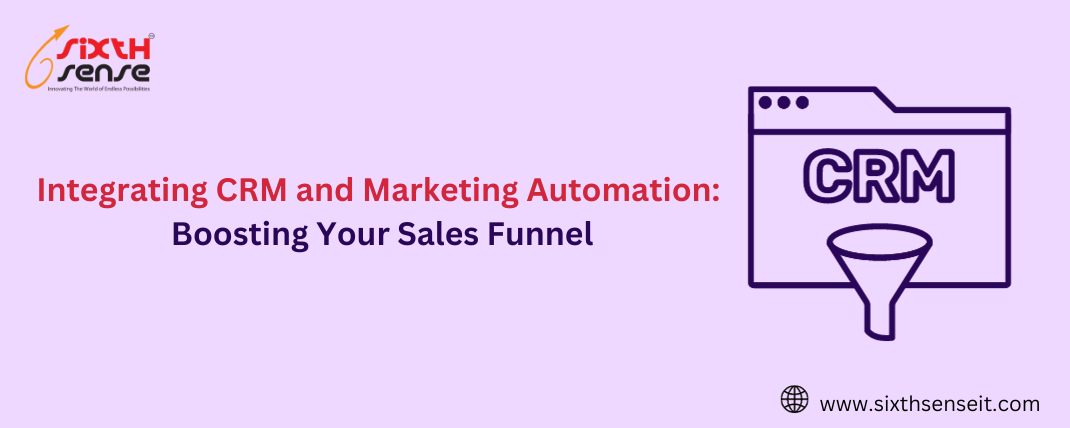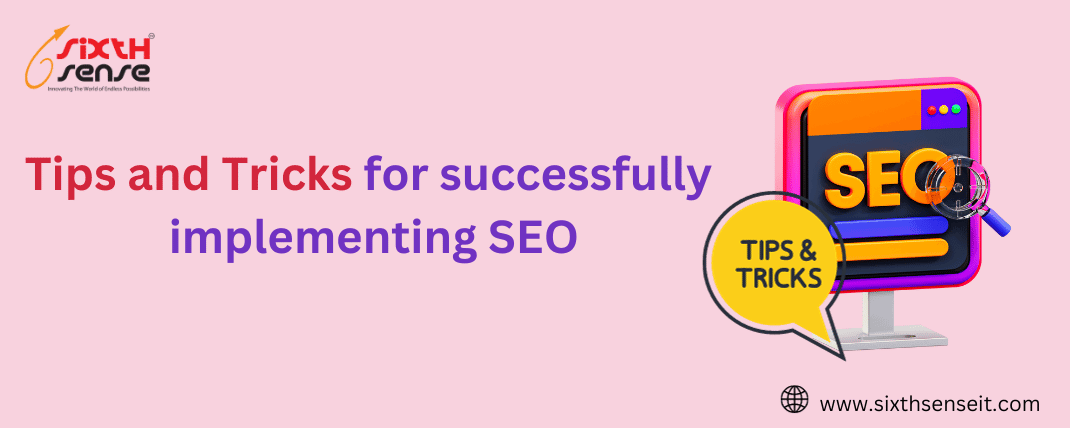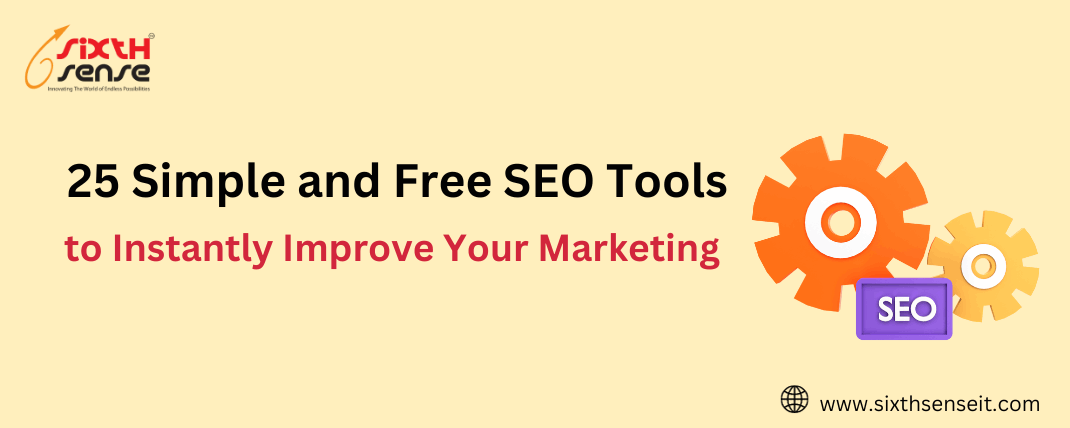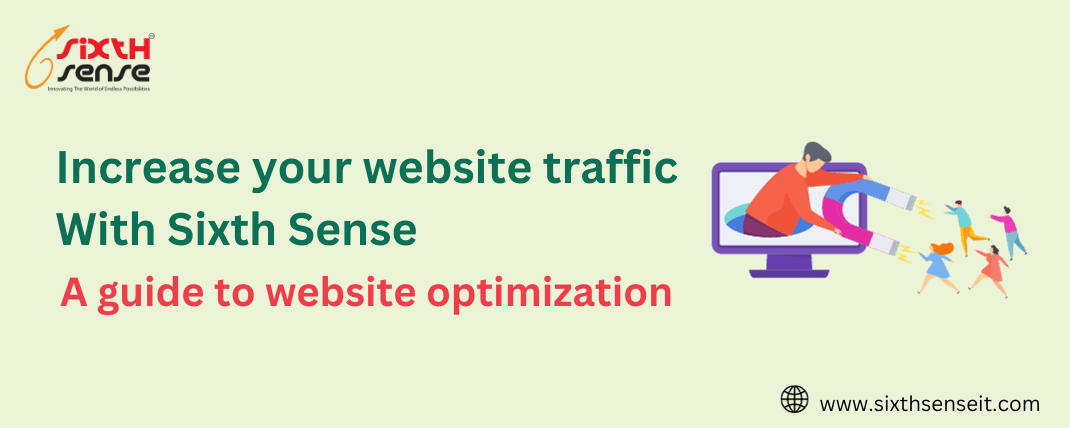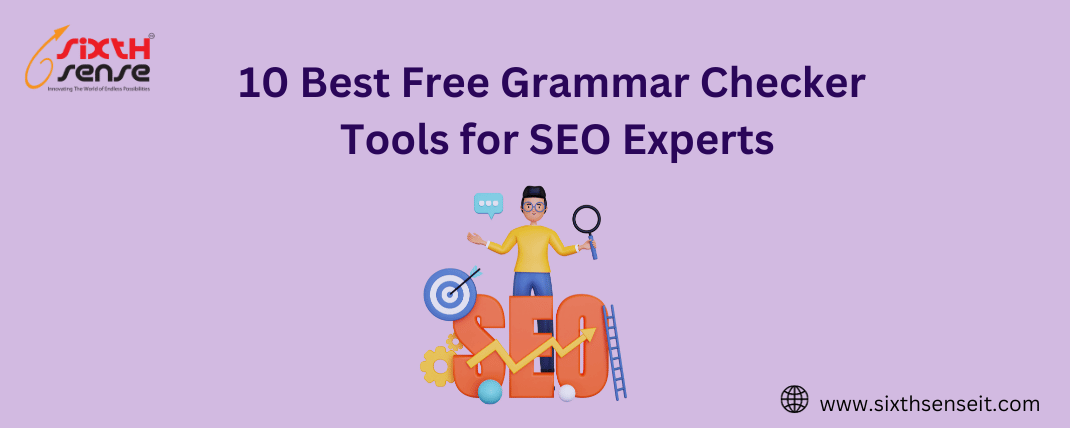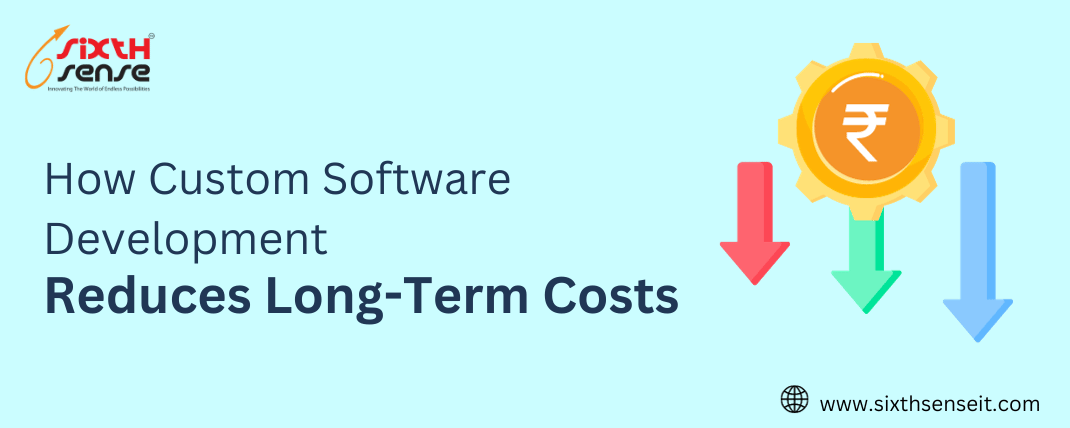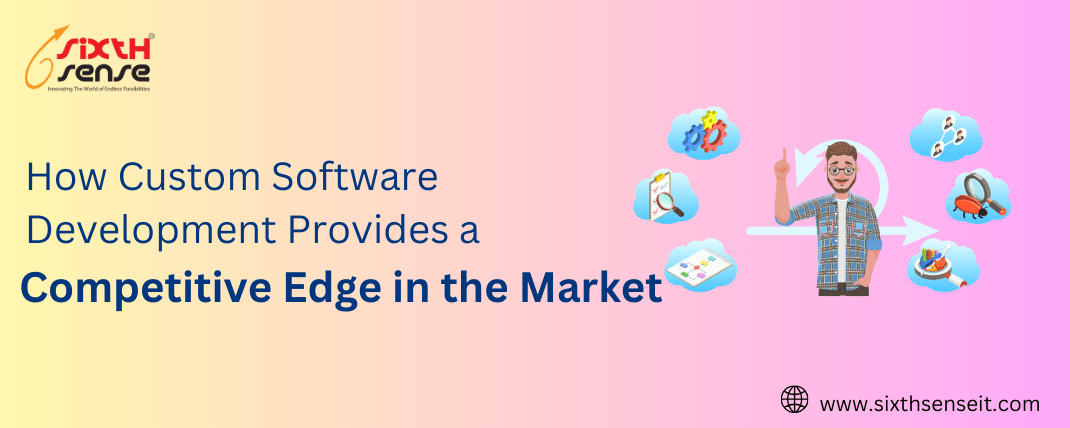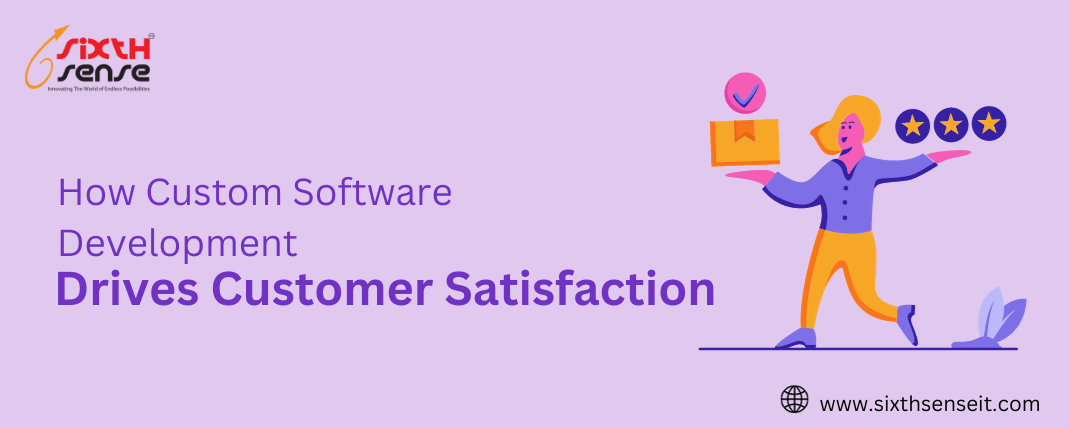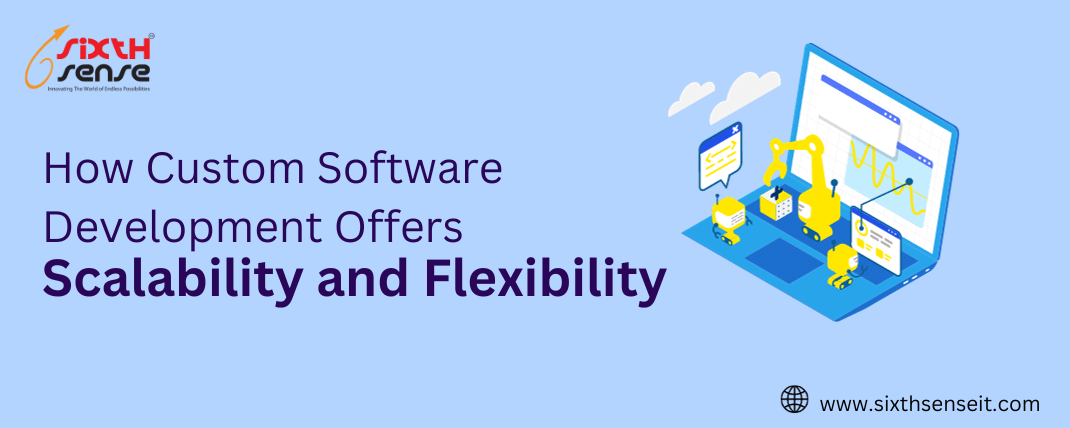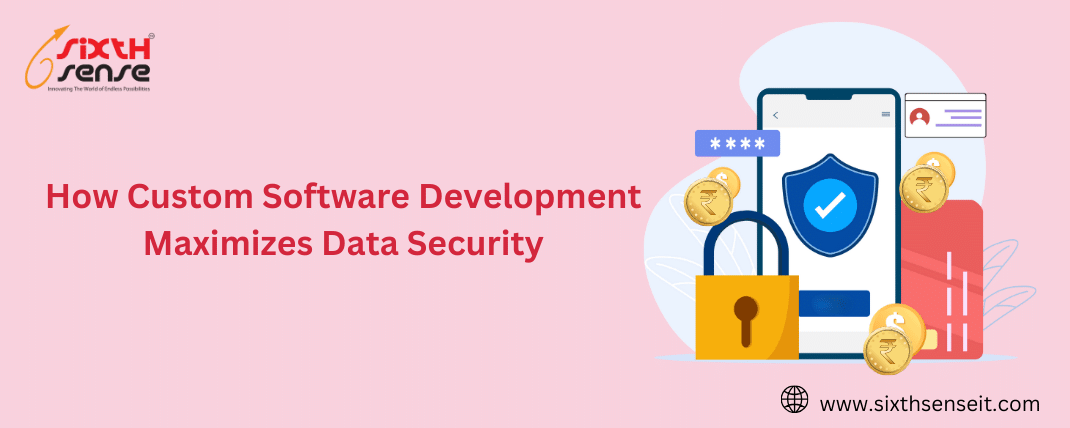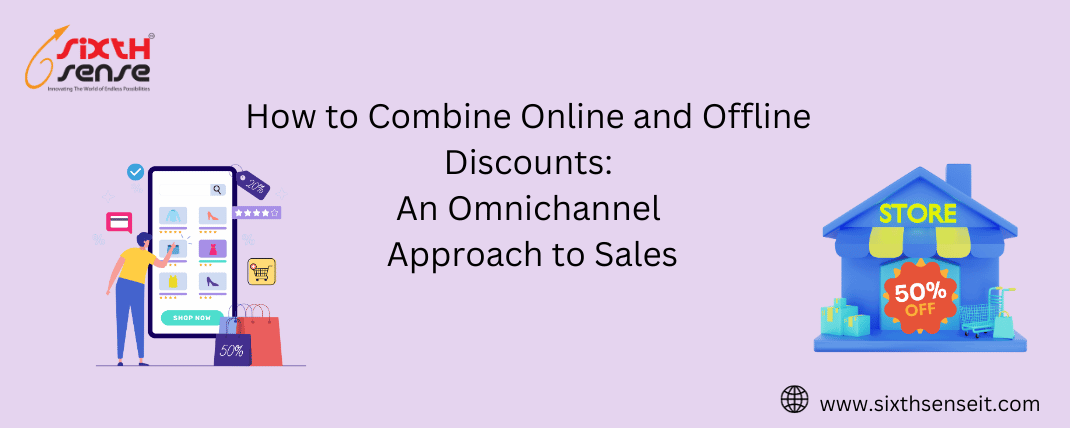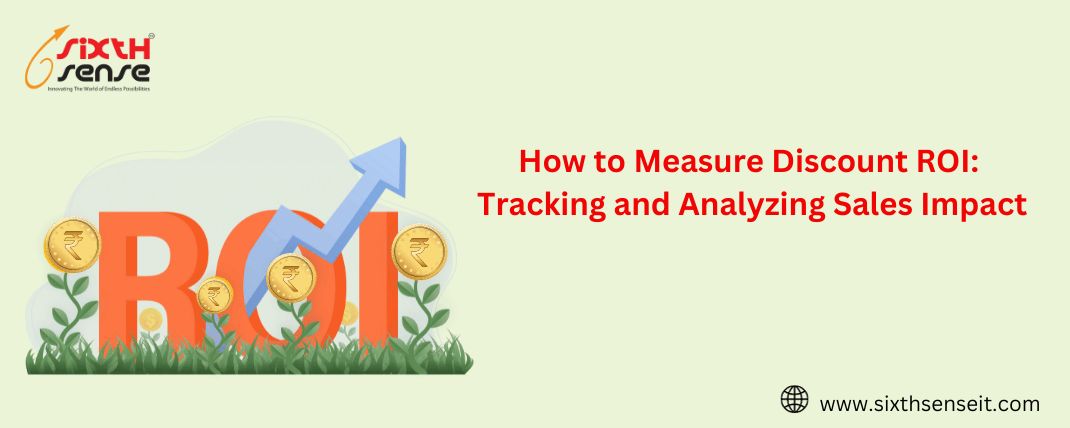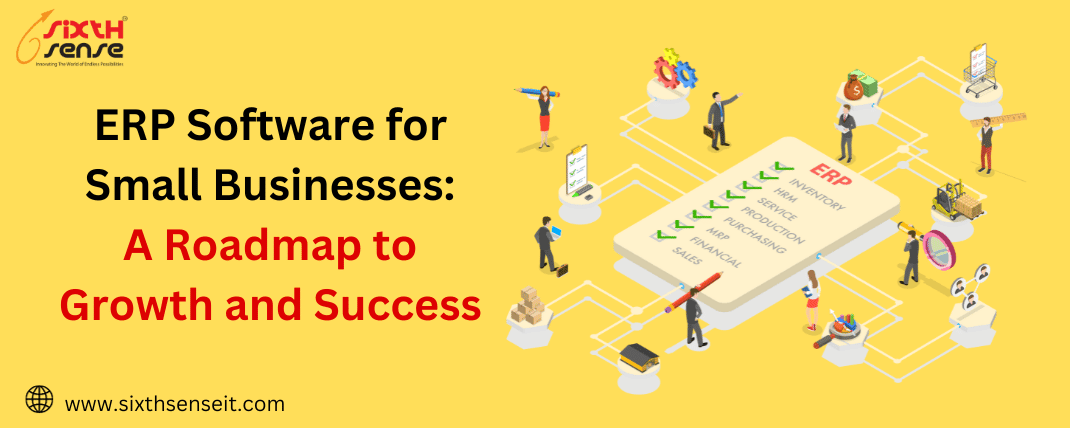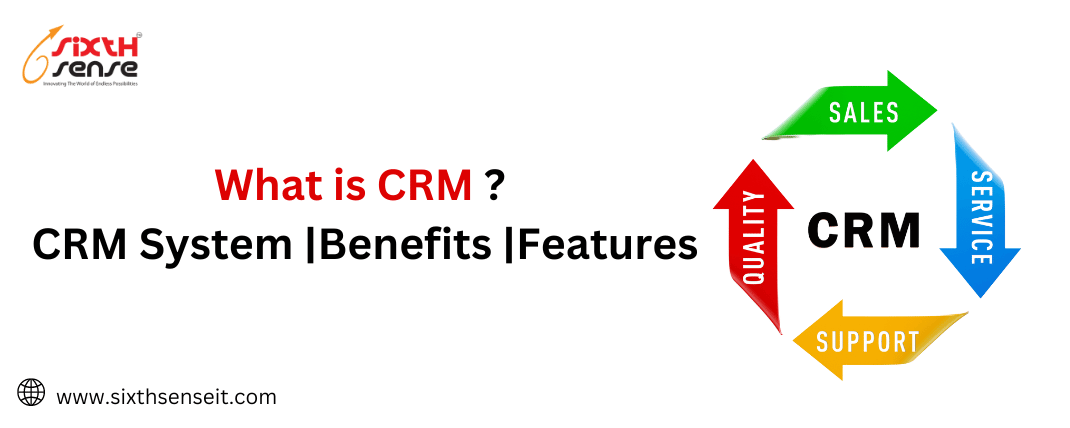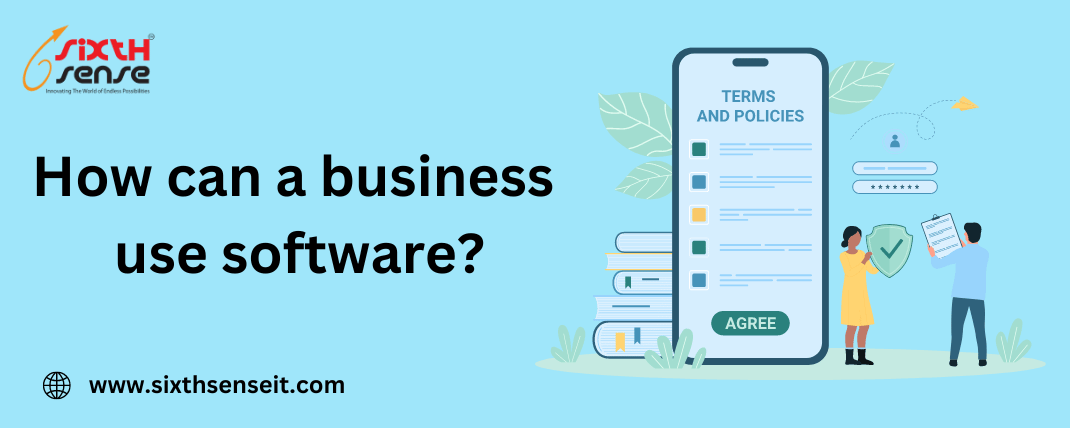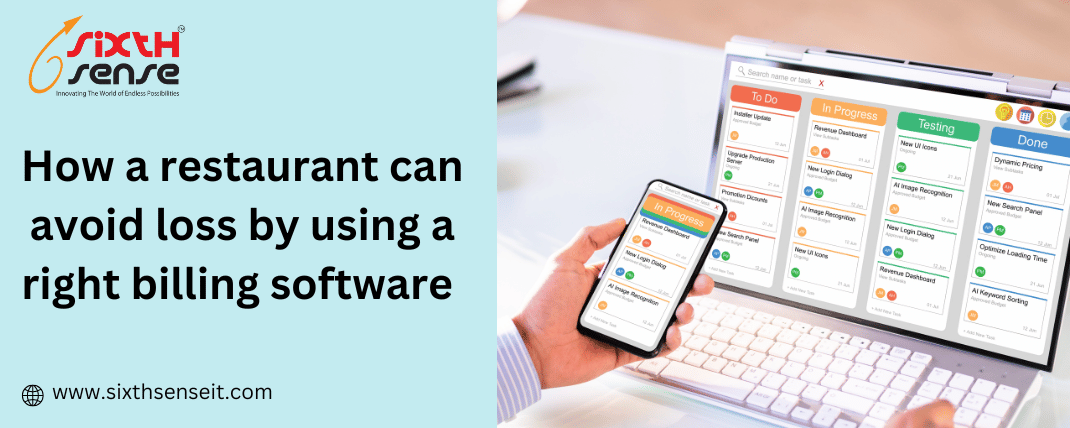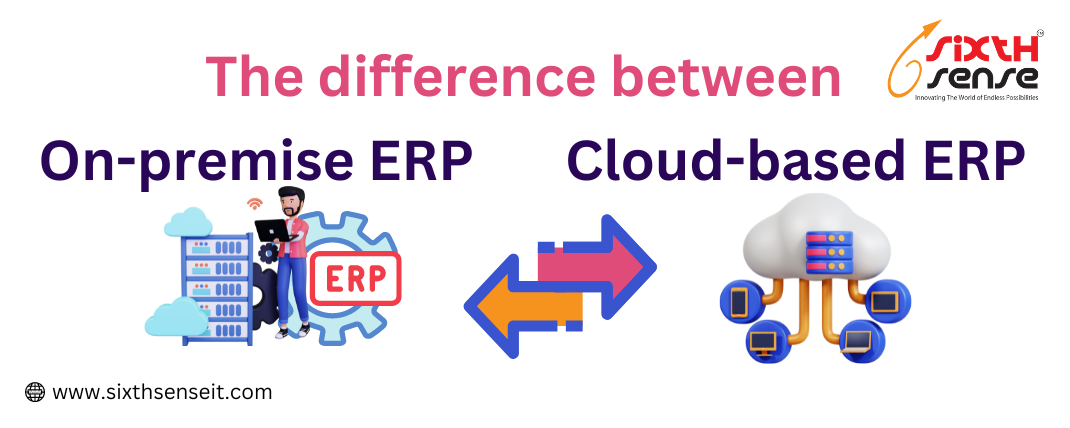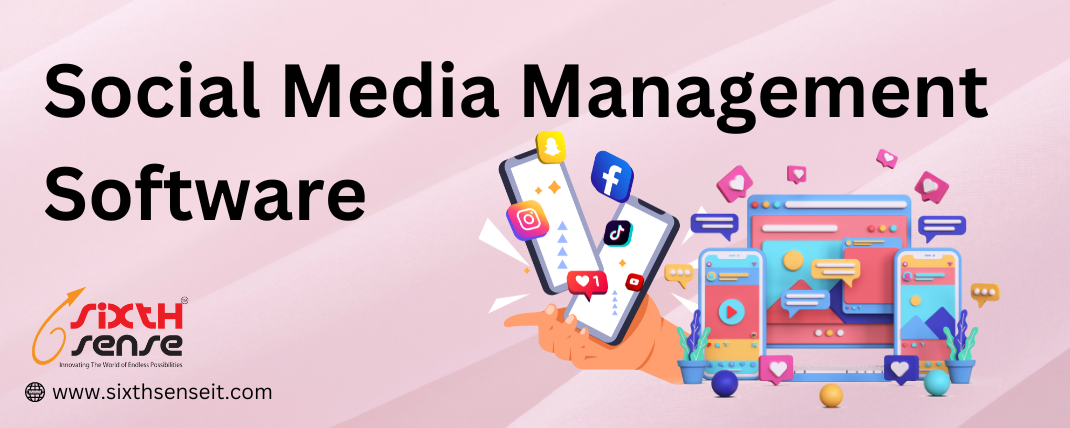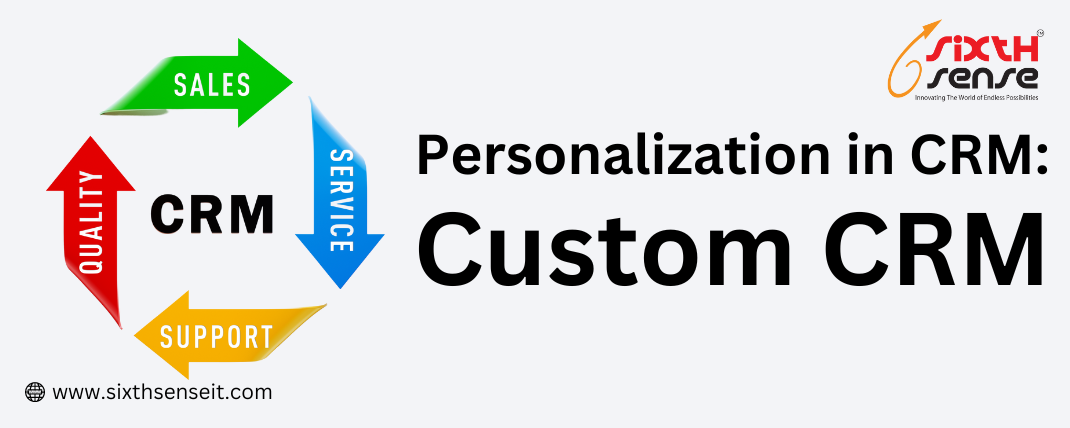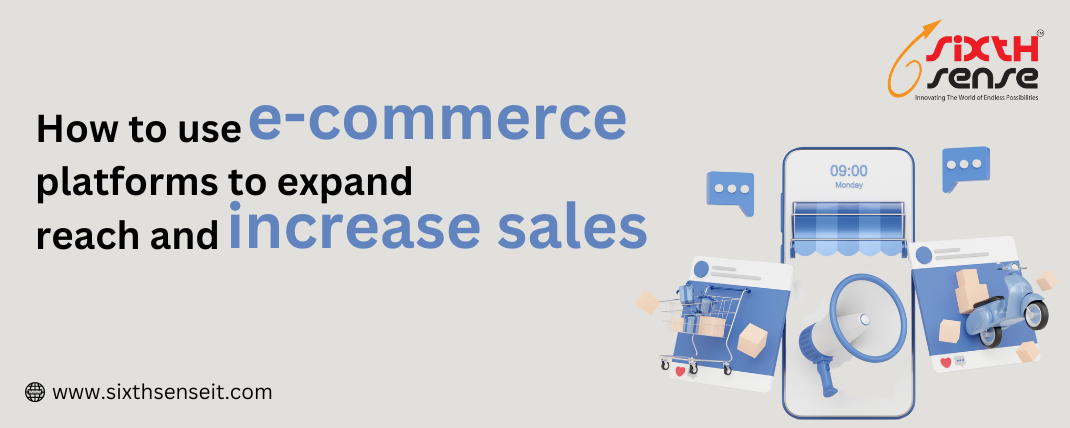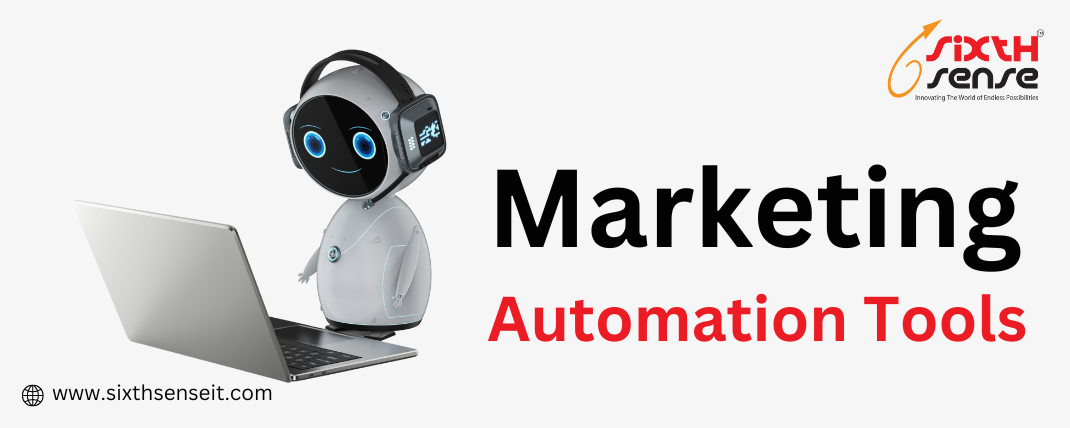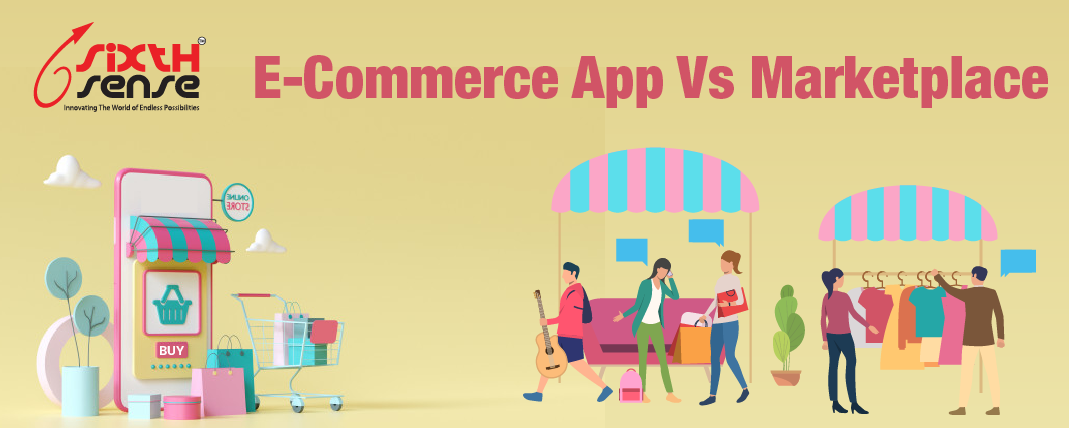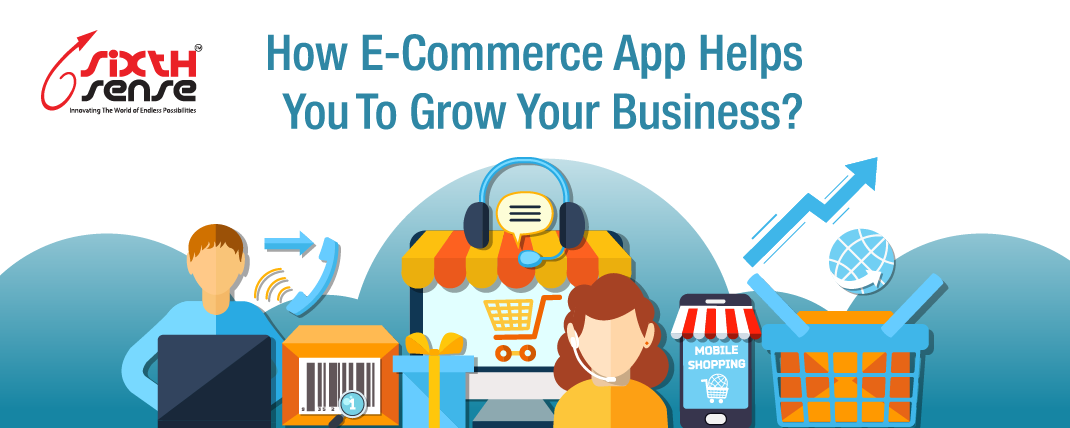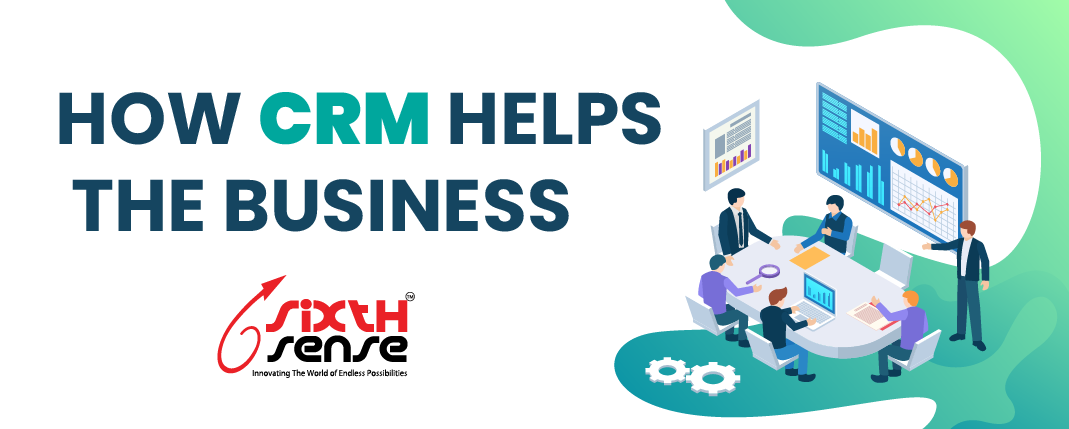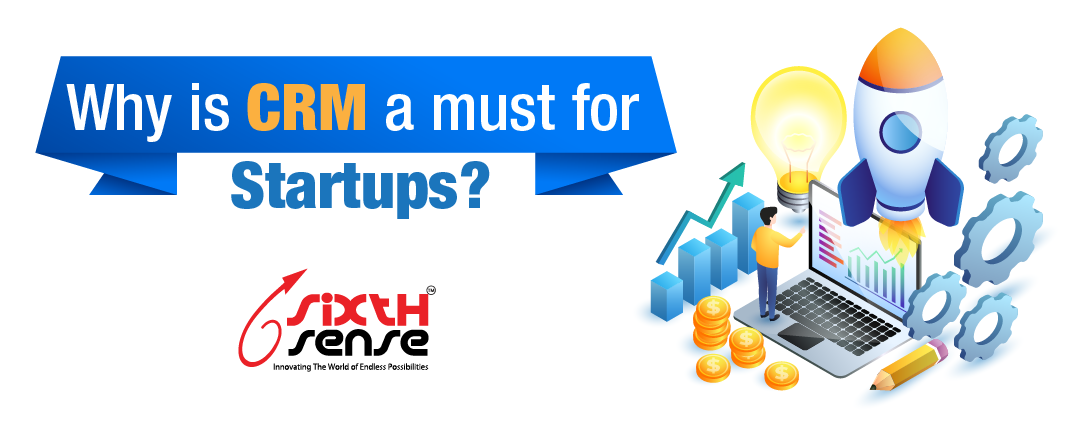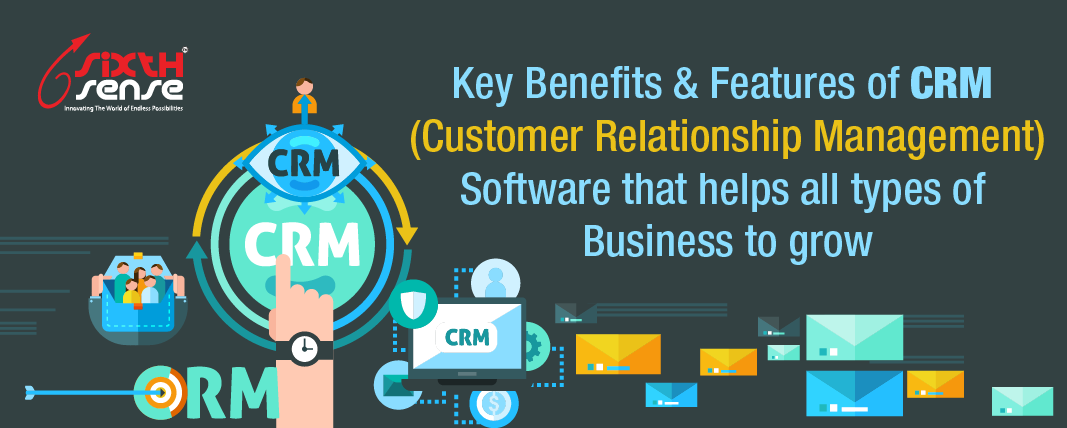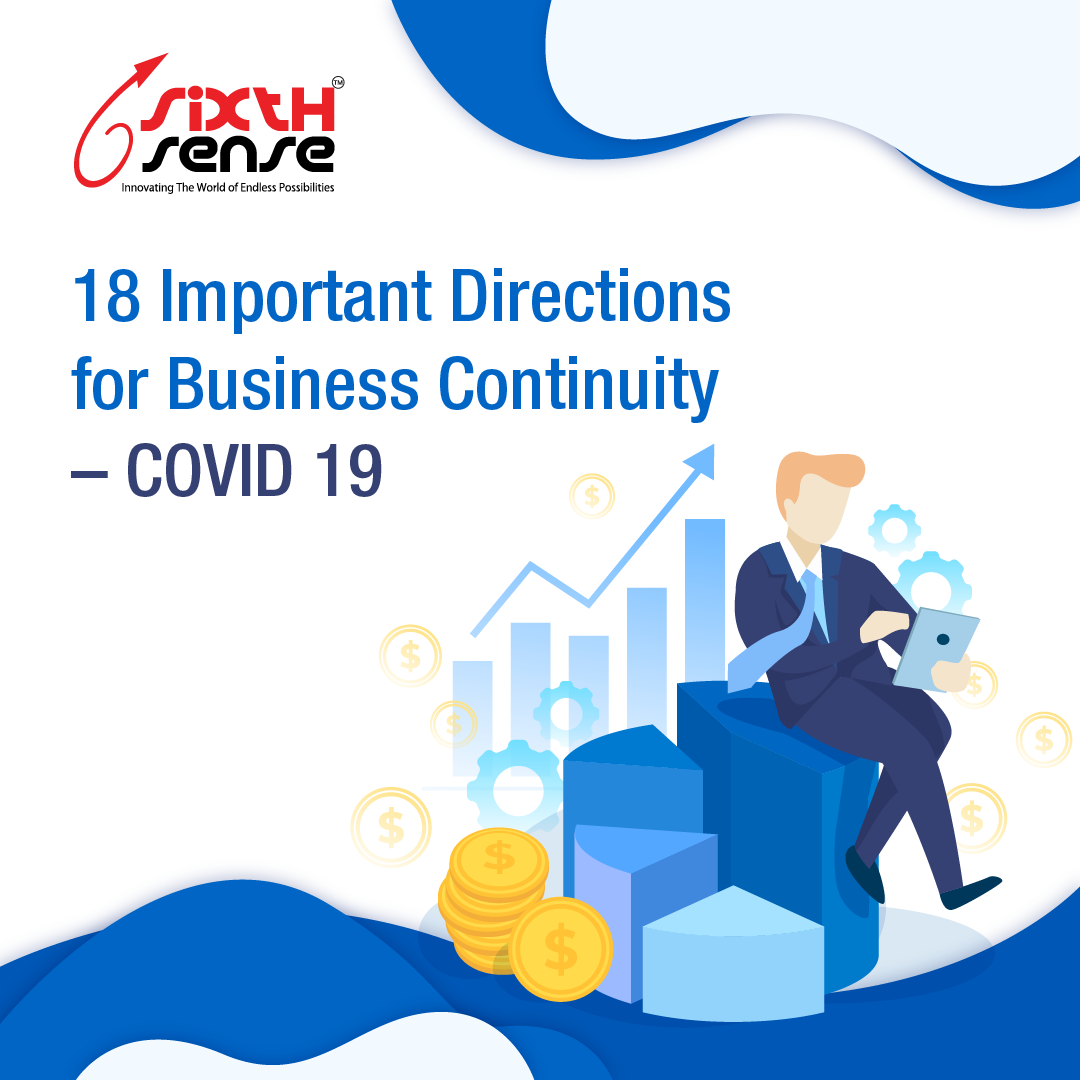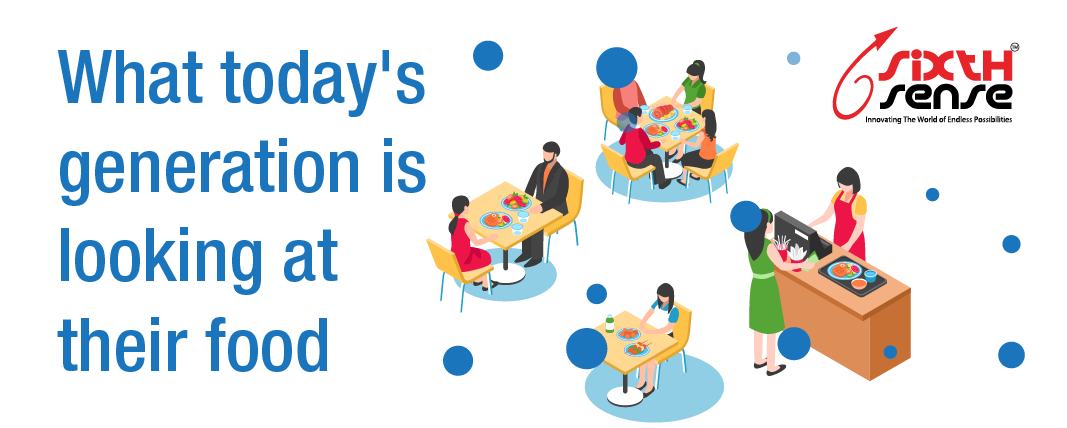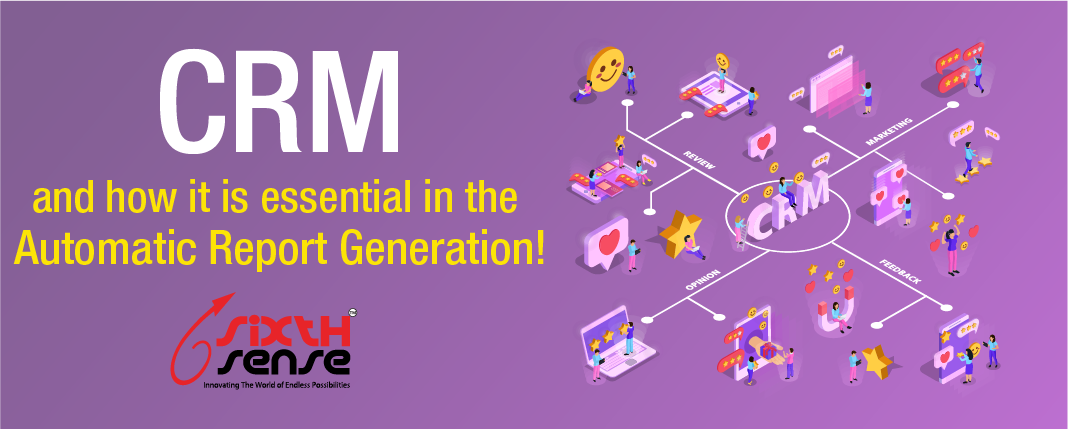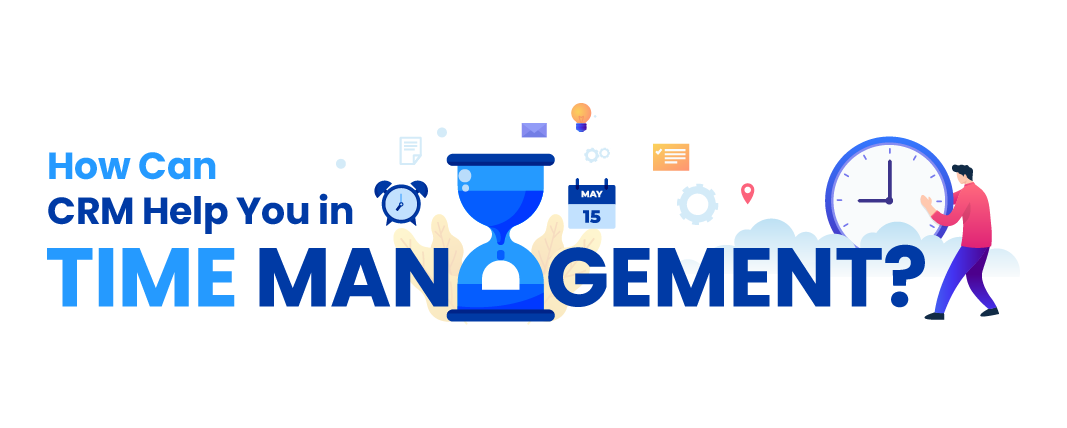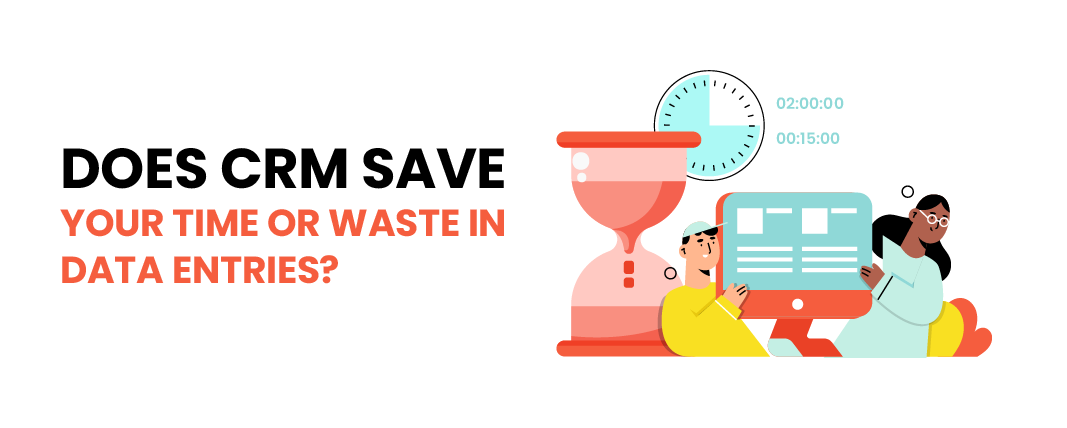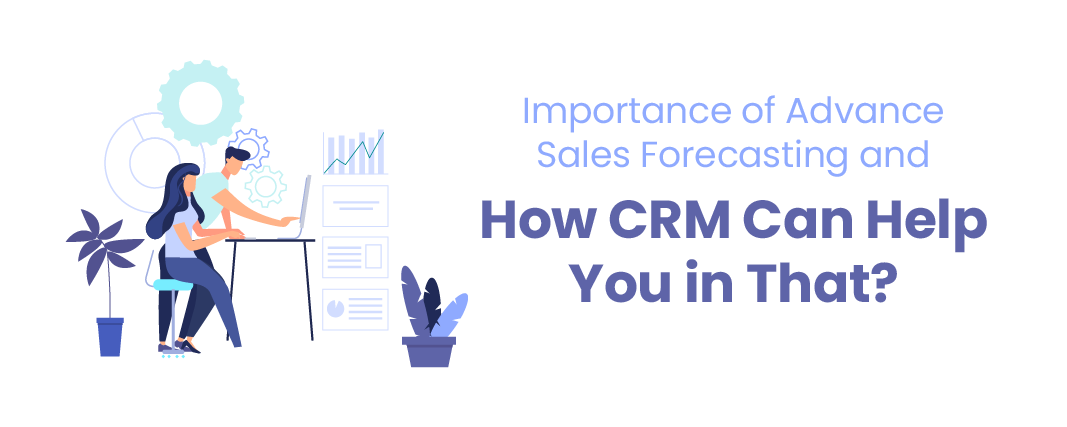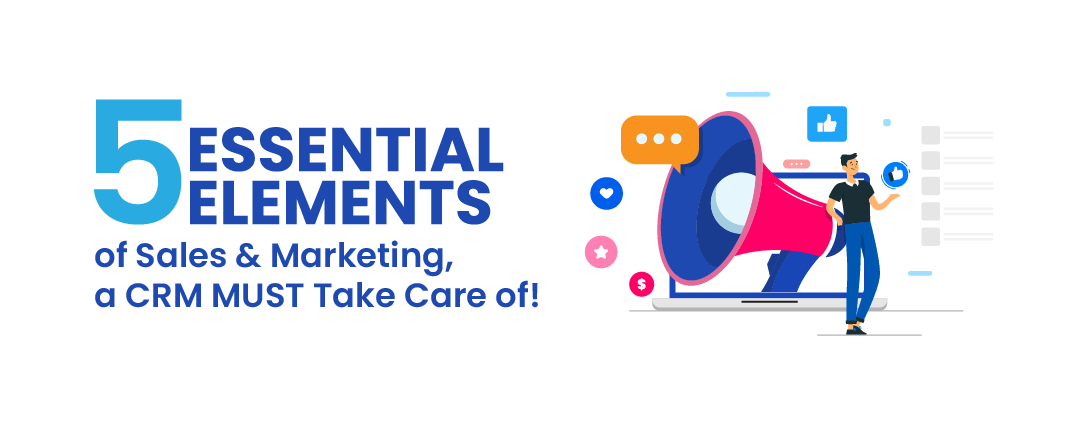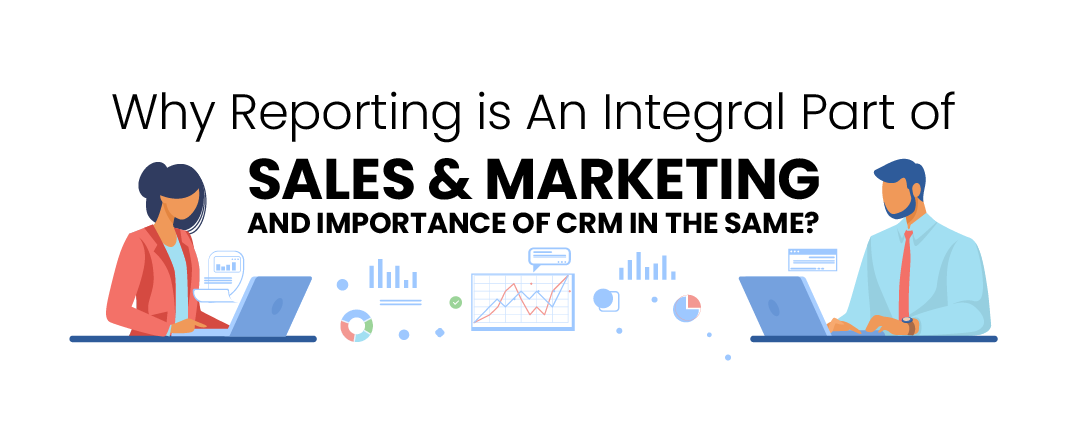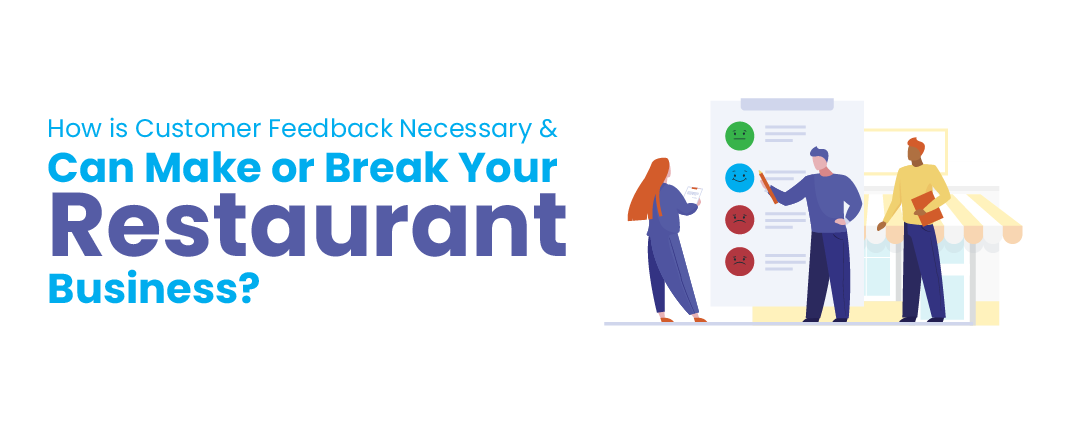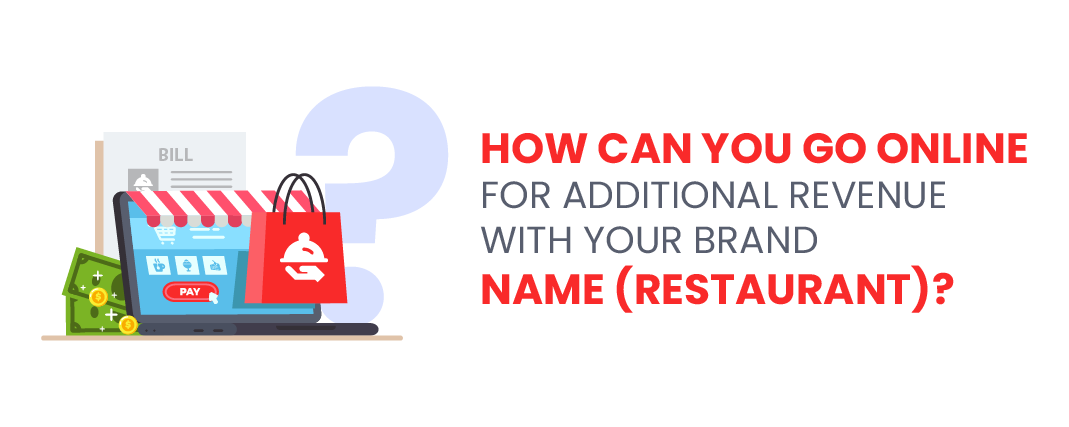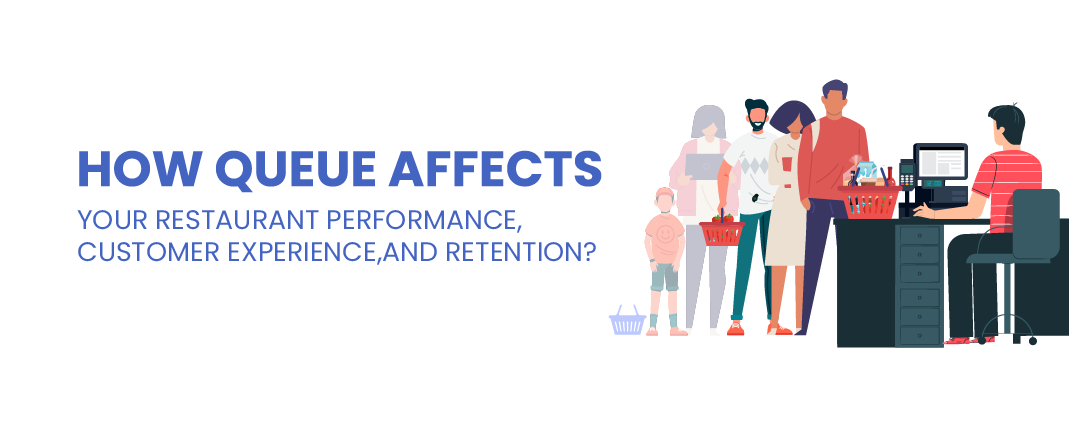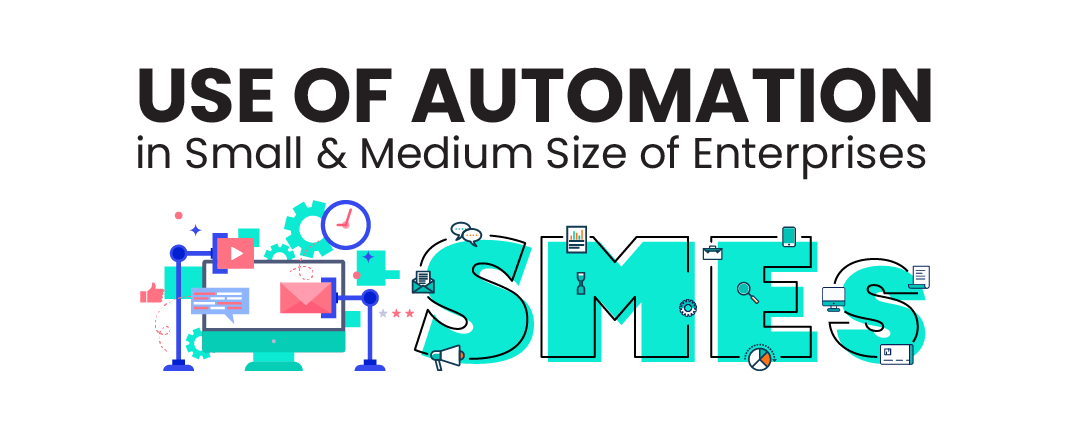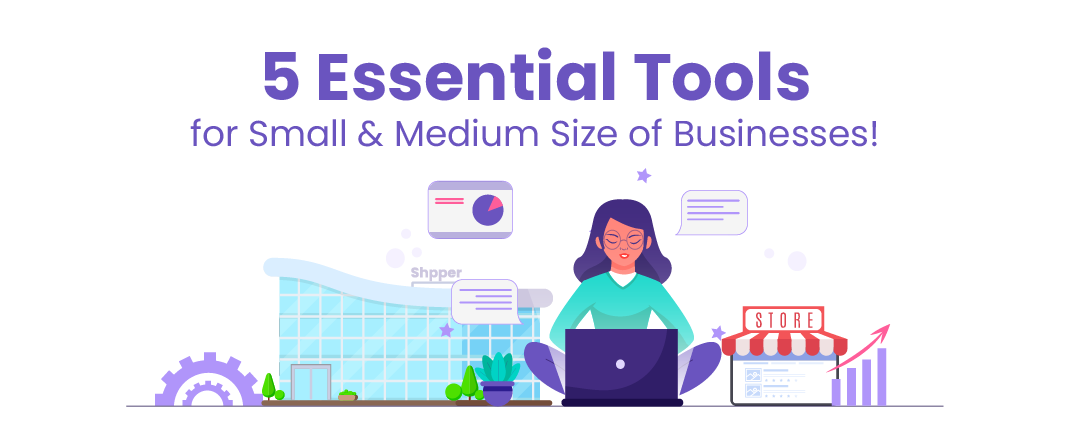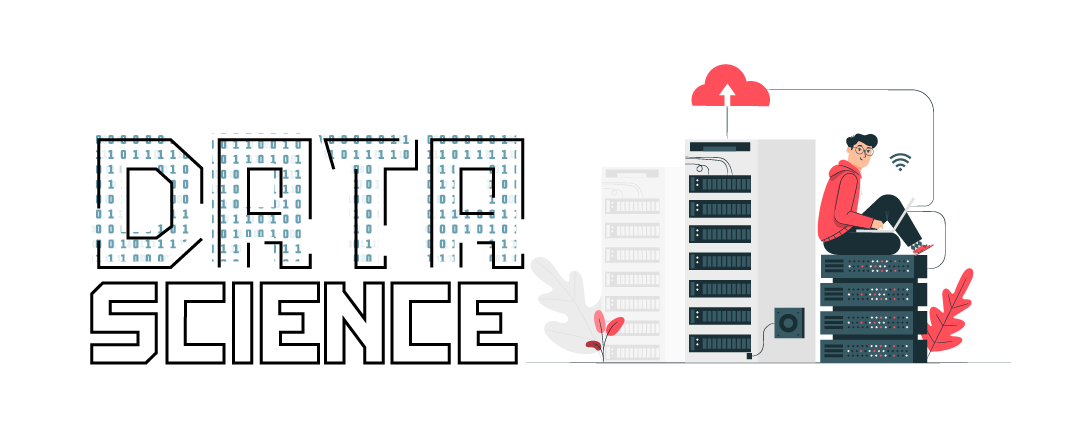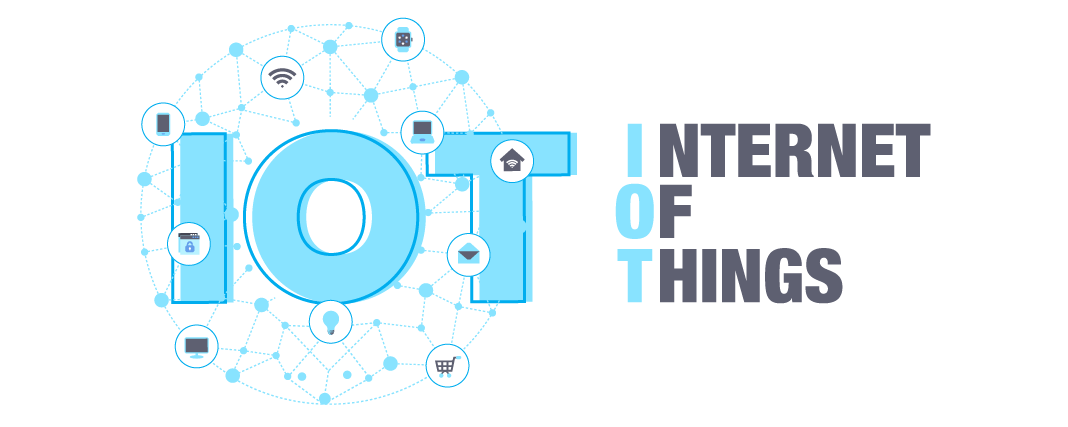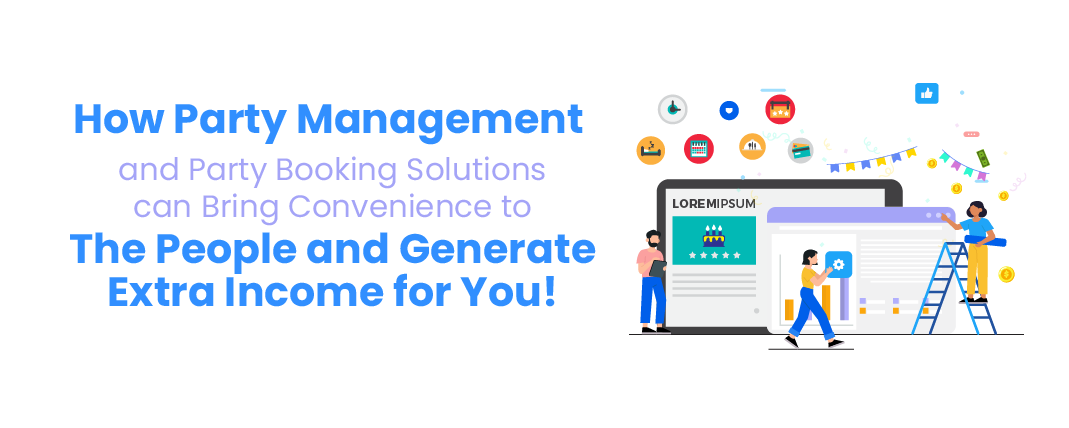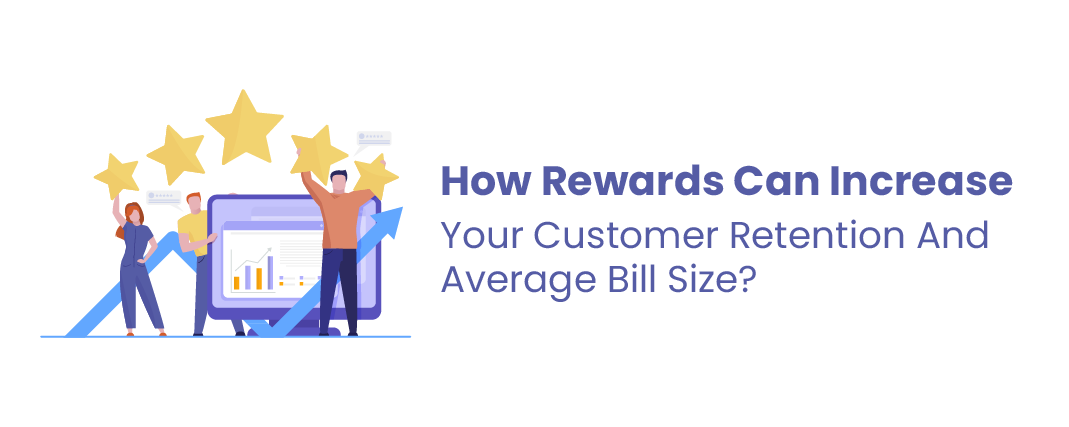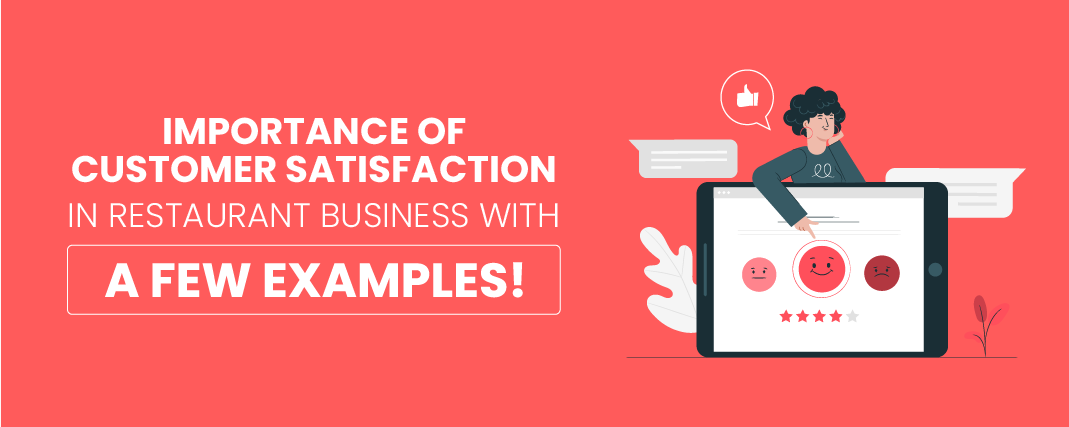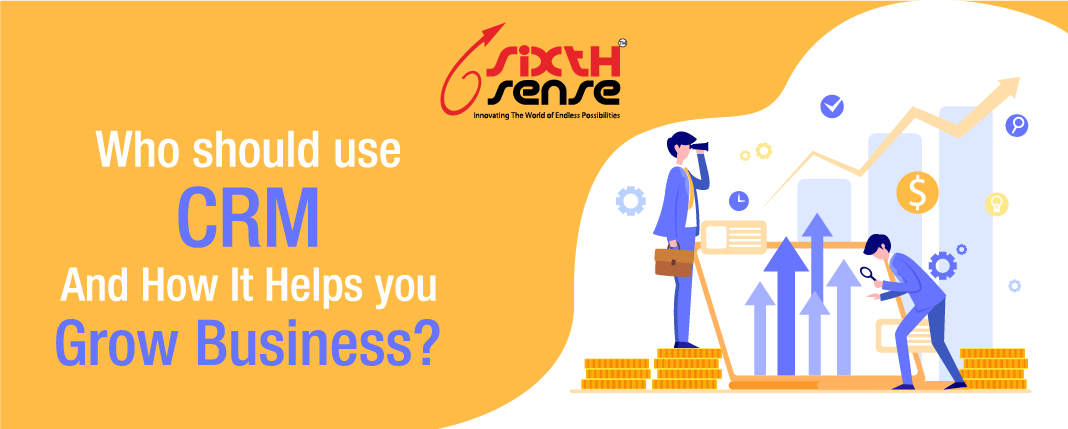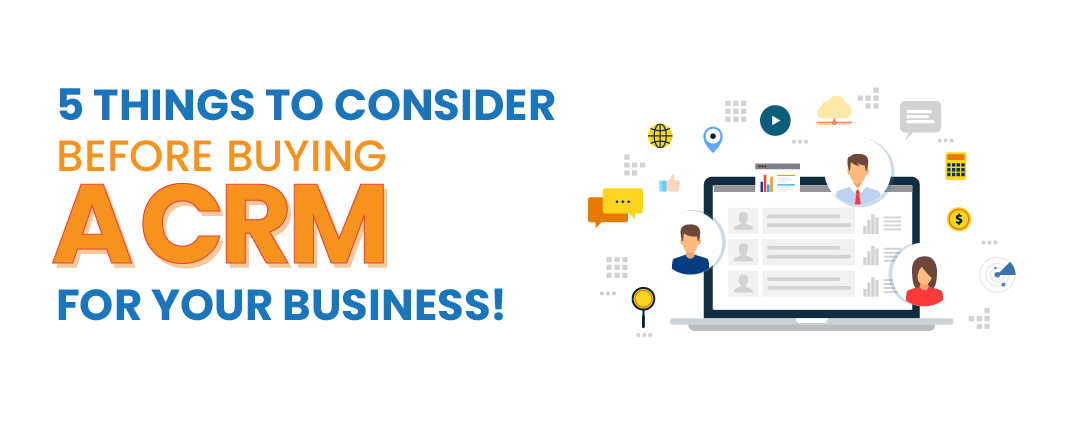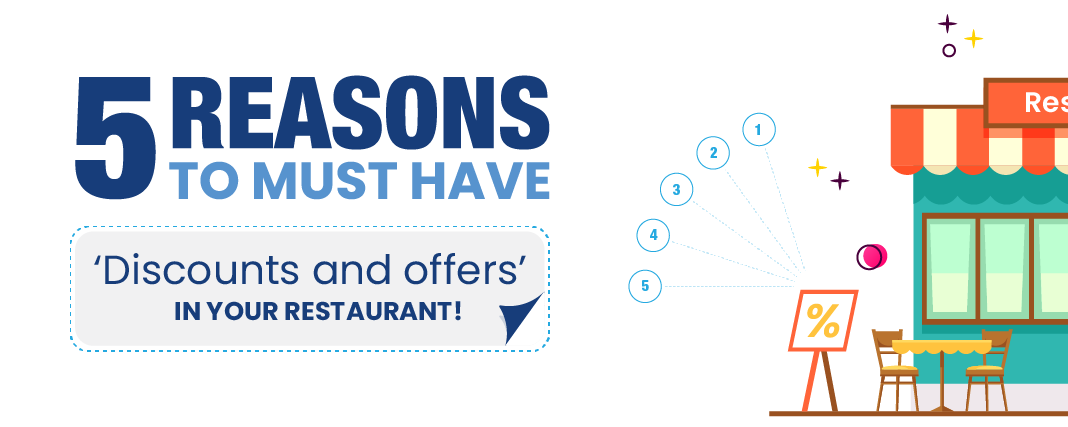
How to Leverage Seasonal Discounts: A Calendar for Year-Round Sales Growth

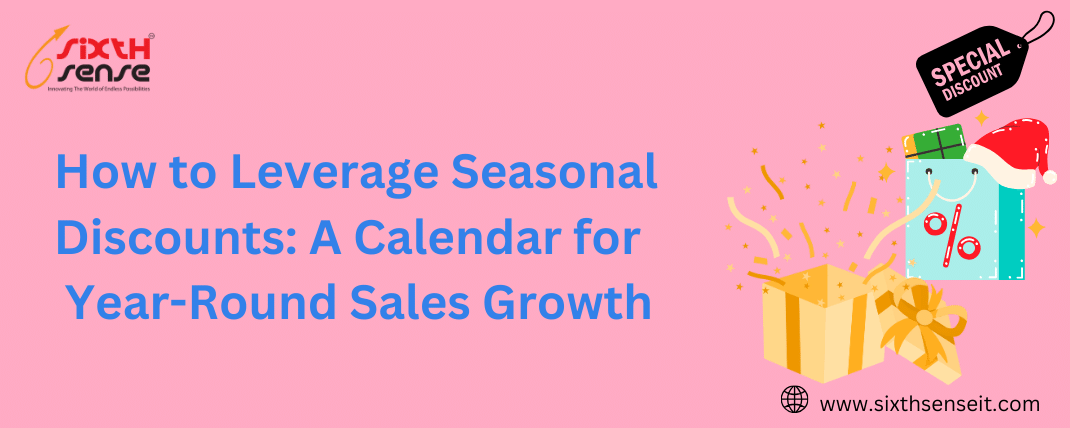
In today's competitive business landscape, offering discounts is a powerful strategy to attract customers and boost sales. While discounts can be effective at any time of the year, strategically timing them to align with seasons, holidays, and special events can supercharge your sales and help you build a loyal customer base. In this comprehensive guide, we'll delve into the art of leveraging seasonal discounts to drive year-round sales growth.
Before we dive into creating a seasonal discount calendar, it's crucial to understand why discounts work so well and how they affect consumer behavior.
Discounts tap into basic human psychology. They trigger feelings of excitement, urgency, and satisfaction. Shoppers feel like they're getting a great deal, which can lead to impulse purchases and increased customer loyalty.
Discounts are a powerful tool in the world of retail and marketing, and their effectiveness can be attributed to the intricate psychology that underlies consumer behavior. Understanding why shoppers are drawn to discounts is essential for businesses looking to leverage seasonal promotions and boost sales.
At the heart of the psychology of discounts lies the thrill of saving. When customers encounter a product they desire, and it's available at a reduced price, it triggers a sense of financial gain. This feeling of thriftiness and the satisfaction of securing a good deal can be immensely appealing. Shoppers love the idea of saving money, and discounts provide them with that opportunity.
Another critical psychological factor at play is the Fear of Missing Out, often abbreviated as FOMO. Limited-time offers, flash sales, and exclusive discounts evoke a fear in customers that they might miss out on a great deal if they don't act quickly. This fear creates a sense of urgency, compelling individuals to make purchasing decisions promptly.
Discounts also influence the perception of value. Even if the actual price reduction is relatively modest, customers perceive a product on sale as offering more value for their money. This shift in perception can significantly impact their decision-making process.
Furthermore, shopping is an emotional experience for many consumers. Discounts tap into these emotions by creating a sense of excitement and happiness. The act of saving money generates positive feelings, making the shopping experience more enjoyable. This emotional satisfaction not only encourages immediate purchases but can also foster long-term brand loyalty.
Lastly, discounts can enhance trust and credibility. When businesses offer discounts transparently and fairly, it signals to customers that they value their patrons and are willing to provide them with cost-effective options. This transparency can lead to increased trust and credibility, strengthening the customer-business relationship.
Learn about different types of discounts, including percentage discounts, fixed amount discounts, buy-one-get-one (BOGO) deals, and more. Each type can be used strategically depending on your goals and target audience.
Percentage Discounts: These reduce the price of a product or service by a specified percentage, such as 10% off.
Fixed Amount Discounts: A specific dollar amount is subtracted from the original price, like $20 off.
Buy-One-Get-One (BOGO) Deals: Customers purchase one item and receive a second one at no cost or at a reduced price.
Volume Discounts: Offered when customers buy in bulk or purchase multiple units, encouraging larger orders.
Seasonal Discounts: Temporary price reductions during specific seasons or holidays, like summer sales or Black Friday discounts.
Clearance Discounts: Used to clear out old or slow-moving inventory by offering steep reductions
Coupon Codes: Customers enter a code at checkout to receive a discount, often used for online shopping.
Loyalty Rewards: Offered to loyal customers as a way to thank them for repeat business.
Cashback Discounts: Customers receive a percentage of their purchase price back as cash or store credit.
Bundle Discounts: Encourage customers to buy related products together at a reduced combined price.
The beginning of the year offers opportunities to capitalize on New Year resolutions and winter-themed promotions. Discuss the importance of clearance sales and preparing for Valentine's Day.
Explore strategies for spring-themed discounts and how to leverage events like Easter and Mother's Day to boost sales. Share tips on refreshing your inventory for the season.
Highlight the significance of summer-themed discounts, Independence Day, and back-to-school promotions. Discuss strategies for keeping sales steady during the slower summer months.
The holiday season is the busiest and most profitable time for retailers. Provide insights into creating enticing Black Friday, Cyber Monday, and Christmas promotions. Discuss the importance of inventory management and efficient customer service.
Explain the importance of setting specific sales goals for each seasonal discount campaign. Goals can help you measure the success of your efforts and fine-tune your strategies.
Discuss how to determine the right discount percentage or amount to maximize profits while still attracting customers. Mention pricing psychology and bundling as effective strategies.
Emphasize the power of urgency in sales. Share tips on using limited-time offers effectively to encourage quick purchases.
Explain the benefits of personalized discounts based on customer behavior and preferences. Showcase how technology can aid in this process.
Explore the importance of email marketing in promoting seasonal discounts. Provide tips for creating attention-grabbing subject lines and compelling email content.
Discuss the role of social media platforms in promoting your seasonal discounts. Offer strategies for creating engaging posts, using hashtags, and running targeted ad campaigns.
Highlight the value of creating seasonal content, such as blog posts, videos, and infographics, to educate and engage your audience while promoting your discounts.
Explain how partnering with influencers in your niche can help you reach a wider audience and build credibility.
Provide a list of essential metrics to track during each seasonal discount campaign, such as conversion rates, average order value, and customer retention rates.
Discuss the importance of soliciting customer feedback to understand what worked and what didn't during your campaigns.
Explain how A/B testing can help you refine your discount strategies for better results in the future.
Share strategies for engaging with customers after they've made a purchase to encourage repeat business.
Discuss the benefits of implementing loyalty programs and how they can incentivize customers to keep coming back.
Emphasize the importance of exceptional customer service in building long-term customer loyalty.
Warn against the dangers of over-discounting and how it can devalue your products or services.
Highlight the need for effective inventory management to avoid stockouts or overstocking during seasonal promotions.
Discuss the importance of managing customer expectations to avoid disappointment or backlash.
Incorporating seasonal discounts into your marketing strategy is a powerful way to drive year-round sales growth. By understanding the psychology of discounts, building a seasonal discount calendar, creating irresistible offers, promoting effectively, and continually analyzing and adjusting your strategy, you can not only boost short-term revenue but also build lasting customer loyalty. Remember, mastering the art of seasonal discounts is a journey, and with dedication and the right approach, your business can thrive throughout the year. So, start planning your seasonal discounts today and watch your sales soar.



